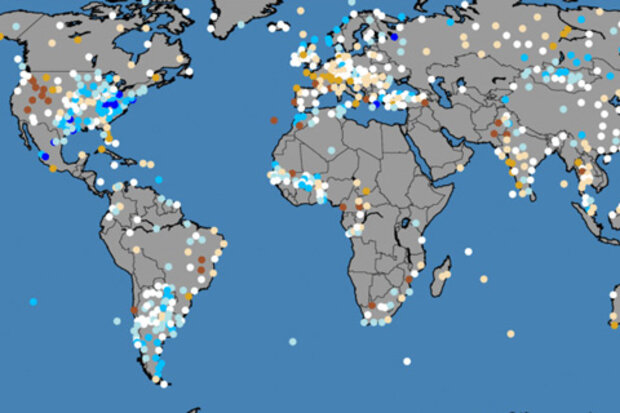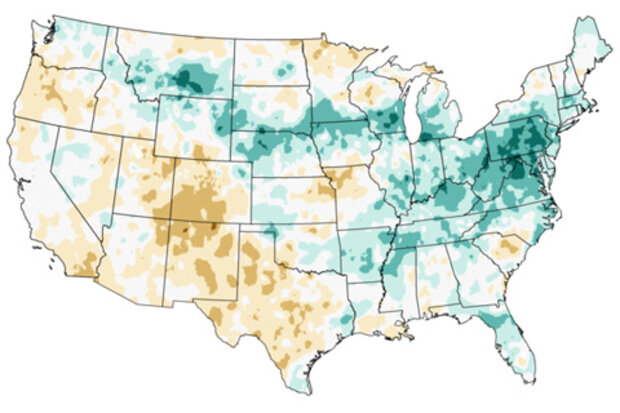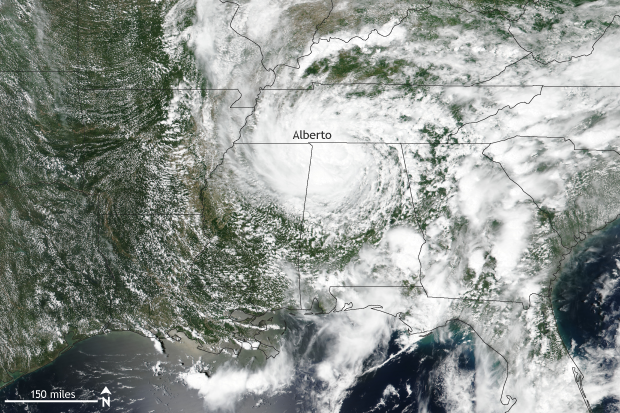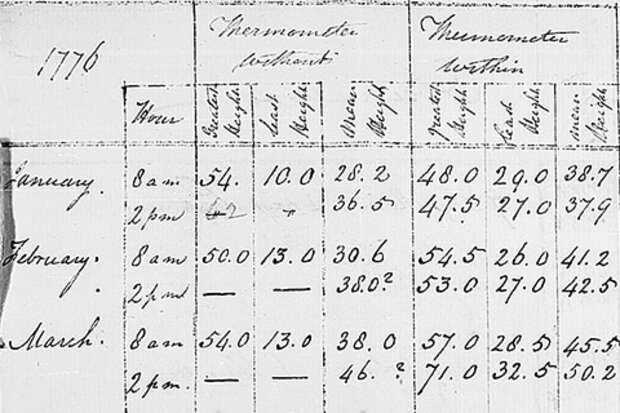Beyond the Data Blog
Most of us learned as children that the age of a tree could be found by counting its rings. Rings of trees growing in temperate climates can indeed tell their age through their annual rings and also help determine the age of wood used to construct buildings or wooden objects. The ages of wooden objects can be revealed by cross-dating, the process of matching ring patterns between wood samples of known and unknown ages.
What do tree rings tell us
The underlying patterns of wide or narrow rings record the year-to-year fluctuations in the growth of trees. The patterns, therefore, often contain a weather history at the location the tree grew, in addition to its age. In dry environments…
Read article
For about 20 years, the National Centers for Environmental Information (NCEI; formerly known as the National Climatic Data Center) has released a monthly Global Climate Report. The report can be described as Earth’s health assessment, where we as climatologists look into Earth’s "vitals" and place them into context by explaining what happened and how the recent vitals compare with older records. The current vital signs addressed in the report are temperature and precipitation.
Climatologists don’t make house calls, but we do provide answers about why keeping track of Earth’s vitals is so important. Here’s a quick Q&A.
Why is it important to have a monthly global climate report?…
Read article
We live in a warming world. And we often characterize that warming through metrics of temperature. But that’s only a sliver of the story. Another sliver, and perhaps a more consequential one, of the story is the connected increase in atmospheric moisture.
Recent months have brought us—yet again—real-world examples of what these increases in moisture can bring.
To say it’s been a wet year in the mid-Atlantic is an understatement. Through August, that is to say, before Florence, we were already working on the wettest year on record, or close to it, in much of the region.
Once Florence’s rains are factored into the end-of-September analyses, we’ll see much more dark green in the So…
Read article
* { margin: 0; padding: 0; }
#page-wrap { width: 620px; margin-left: 0px; position: relative; }
a { text-decoration: none; color: black; }
.image-link { display: block; width: 620px; height: 480px; position: absolute; top: -512px; left: 0px; }
#one { background: url(/sites/default/files/grid-ranks-tmax-201805-620px.gif) no-repeat; z-index: 3; }
#two { background: url(/sites/default/files/grid-ranks-prcp-201805-620px.gif) no-repeat; z-index: 2; }
#three { background: url(/sites/default/files/grid-ranks-tmin-201805-620px.gif) no-repeat; }
#one span { position: absolute; left: 0; bottom: -42px; text-align:center; font-family:"Trebuchet MS", Arial, Helvetica, sans-serif; }
#two span { …
Read article
The winter average contiguous U.S. temperature was 1.8°F above average, ranking among the warmest third of the record since 1895. In February record-setting precipitation was observed across the mid- and lower-Mississippi Valley, the Midwest and Northern Rockies. During April, the average contiguous U.S. temperature was 48.9°F, 2.2°F below the 20th century average, making it the 13th coldest April on record and the coldest since 1997.
These are some recent statistics provided by NOAA’s climate monitoring program at the National Centers for Environmental Information (NCEI) and are part of the hundreds of climate reports that NCEI has produced in recent decades. Many businesse…
Read article




